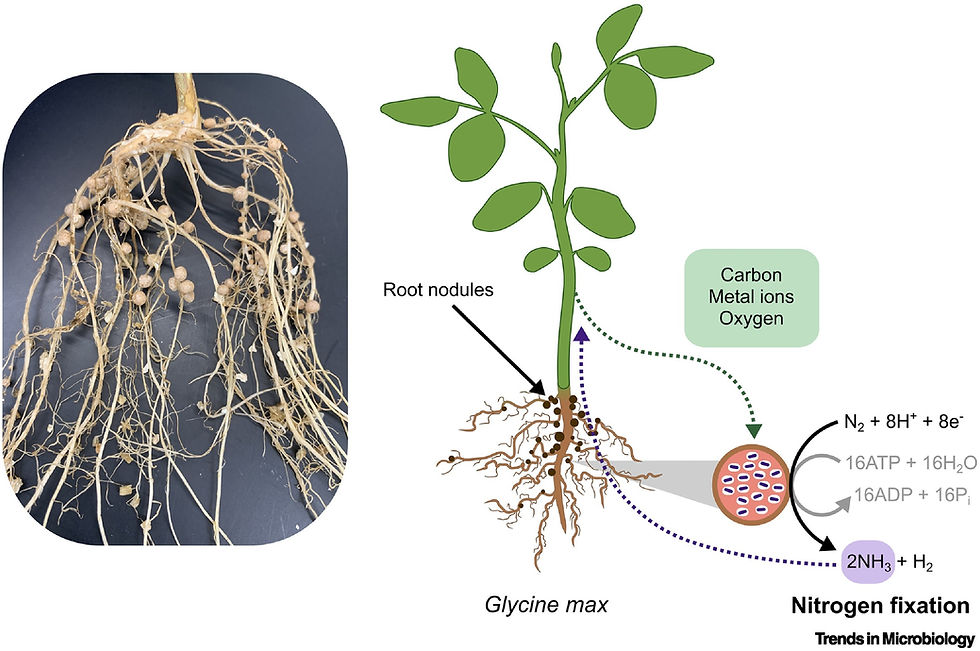How Can Flowers Aid in the Fight Against Agricultural Pests?
- Miguel M.LS.

- Jul 19, 2021
- 2 min read
Updated: Dec 19, 2025
According to a recent study published by a team of researchers from the universities of Westlake and Copenhagen, it turns out that flowers can range from outright necessary to very useful in maintaining a steady supply of predators for the control of plagues in agriculture. Flowers and floral products (which includes pollen and sugary water, used as a replacement for nectar in the absence of actual flowers) greatly help increase the survival rate, longevity, and fecundity of predatory and parasitoid insects, according to a review of 628 trials done across seventy different other studies. In short: the introduction of flowers in monocultures is a decisive step in establishing a conservative system of biological pest control; a system of control agents that remain, survive and reproduce in the fields where they are released.
In order to effectively introduce flowers and floral resources, some methods offered by the authors from existing literature include planting floral strips that cross monocultural fields, the application of a spray solution consisting of a mixture of sugar and pollen, and the selection of flowering species that are specifically suitable to sustain the desired predators without serving to increase the pest population. Not only did this affect positively biological control agents that are not predatory during a part of their lives (such as hoverflies and lacewings, that become nectar and pollen eaters upon reaching adulthood, and as such depend on flowers to complete their life cycles and reproduce within the field), but it also benefits lifetime predators such as spiders and ladybugs, which can feed on floral products when prey is scarce and are far more abundant in floral strips and their vicinities.

A perennial flower strip in the Netherlands, at the border of an arable field
(photo courtesy of the University of Amsterdam).
All of this points out the need for experimentation and further study to determine the best flowering species for each individual case, and in general to test the inclusion of more flowers in the fields. Furthermore, this seems to make a stronger case for companion planting, a severely understudied area of agriculture and the subject of our upcoming articles. In short, definitely, a study that's worth a read.



Comments